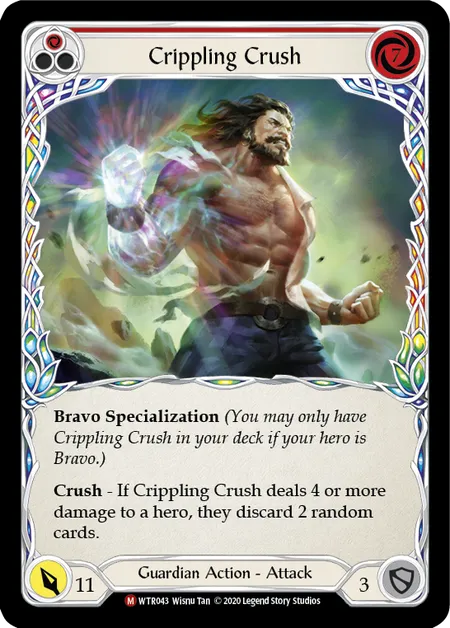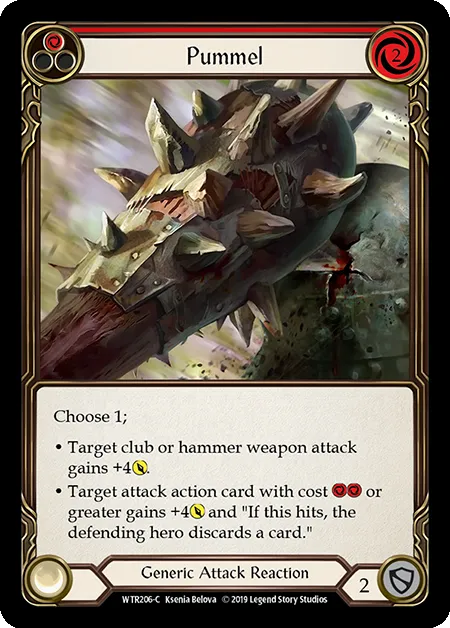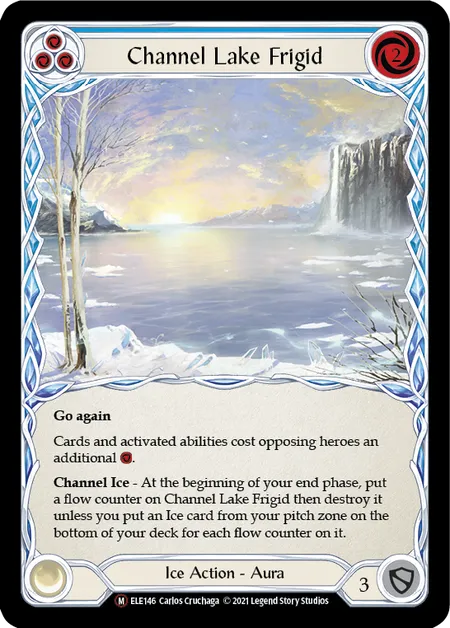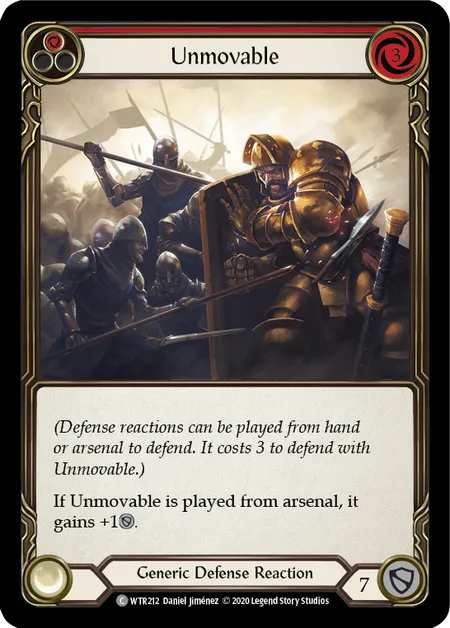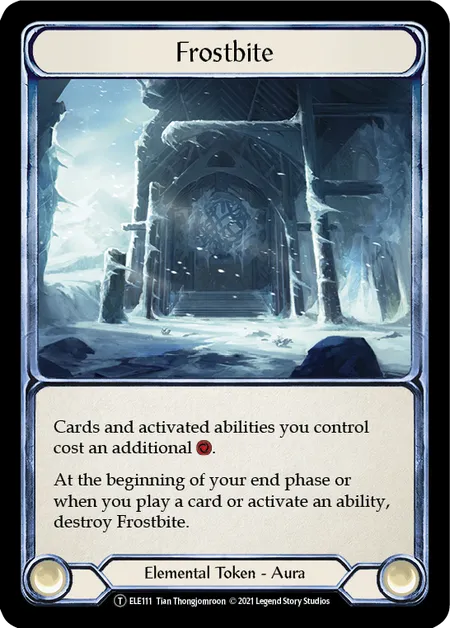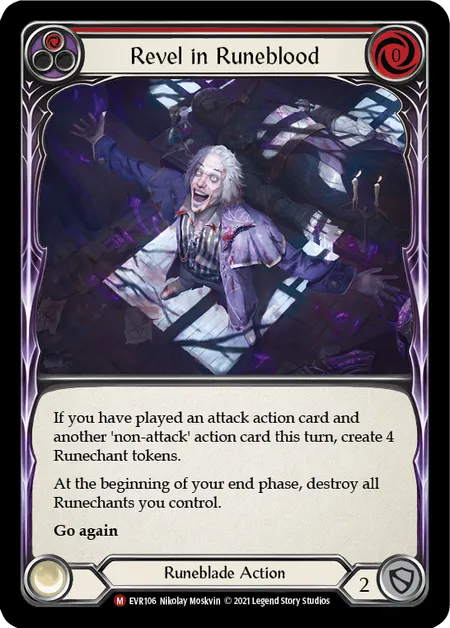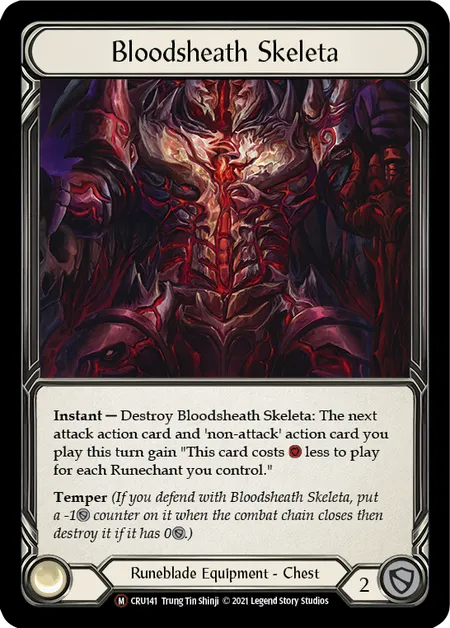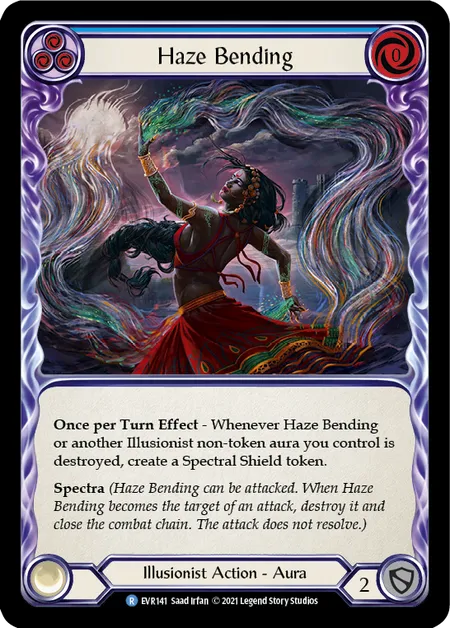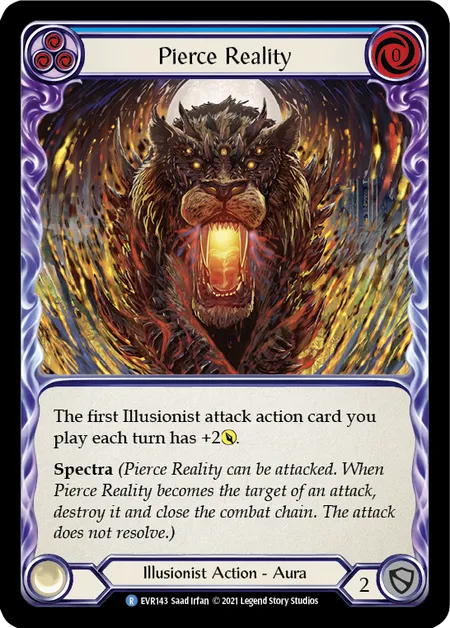For the ProQuest Season, we have invited guest writers to contribute to fabtcg.com over the course of the series. Drew Cordell is a content creator and writer known for writing strategy and analysis content for community hubs around the internet. We're excited to bring you the latest entry in his ProQuest series!
Hello, Drew Cordell here. Welcome back to the second article in my ProQuest series! If you missed my introduction, you can read it here.
I’m thrilled to take a deeper dive into some of the top heroes to look out for at your ProQuest event(s), breaking down some of the strengths and weaknesses in their strategies. If you don’t see your favorite hero or class here, don’t fret—every hero is viable in Classic Constructed and may rise over time to topple the top contenders of the early Everfest meta!
This past weekend marked the first of ProQuest season, and we’ve seen some amazing results posted with a wide variety of heroes and strategies placing in the top 8 of ProQuests and coming out on top. The weekend before, the Battle Hardened event at SCGCON Philadelphia gave us a great early preview into what to expect in the first week of ProQuest.
SCGCON set the stage for the first weekend of ProQuest, and it was no surprise to see 'Bravo, Star of the Show' representing the top slot in hero allocation for the meta. Matt W in my ProQuest testing group went 8-0 in a ‘win 2x case’ streamed event with his version of 'Bravo, Star of the Show', coined ‘Captain Planet’ for its design of trying to activate Bravo’s hero ability each and every turn.
Matt showed the world what the new Bravo is capable of with his impressive deckbuilding and piloting. Between Matt’s games on stream and content creators at Channel Fireball picking up on and creating content about Matt’s deck, the world of Flesh and Blood was given a glimpse into the early power of this proactive new strategy before SCGCON.
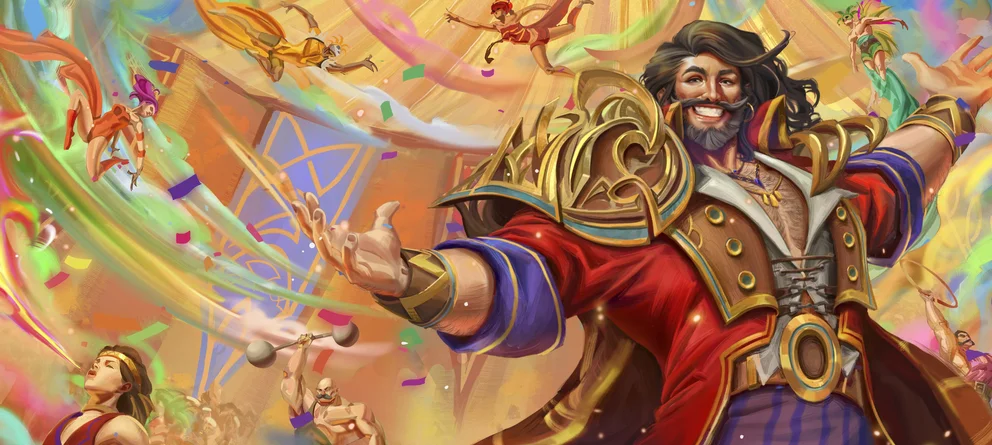
Bravo, Star of the Show
'Bravo, Star of the Show' has access to the largest card pool in the game. When 'Bravo, Star of the Show' was spoiled almost a month ago, I wrote that access to the card pool would likely be stronger than his hero ability 9/10 times. While I certainly didn’t anticipate how strong Matt W’s ‘Captain Planet’ build would be, I’ve also developed a different approach to 'Bravo, Star of the Show' (I’m calling it ‘Captain Crunch’) that focuses on only fusing in the late game and maximizing individual card quality within the list while still enabling a proactive strategy.
In a ‘Captain Planet’ configuration designed to fuse each and every turn, 'Bravo, Star of the Show' has a number of glaring weaknesses that can be exploited by crafty deckbuilders and players looking to topple the early champion of the Classic Constructed meta.
Strengths
After the first weekend of ProQuest, it’s no surprise to see so many Bravo decks place well, or even win entire events. Most of the ‘Captain Planet’ 'Bravo, Star of the Show' decks we’ve seen place well over the past two weekends have been derived directly from Matt W’s list and try to fuse each and every turn, hopefully with the goal of launching a big dominated attack with Go Again first, followed by an icy swing of Winter’s Wail. One of the biggest strengths in this configuration is how much it deviates from the standard Guardian plan of blocking efficiently, protecting armor and life, and grinding away at your opponent’s defenses with your trusty hammer. For lack of a better analogy, the elemental fuse strategy is far more simplistic and equates roughly to matching the pretty colors and shapes. Find one of three different kinds, and you can launch a strong offensive attack and follow it up with another. When attacking and fusing is your entire strategy, you don’t have to worry as much about the nuances of blocking.
On the other side of the table, it can be terrifying to face down the likes of Oaken Old for 11 with a nasty on-hit knowing an icy hammer swing will likely follow it up for an additional four and a Frostbite token. But a 'Bravo, Star of the Show' deck built with this strategy is far from perfect, and it has a number of glaring weaknesses.
In a ‘Captain Crunch’ version of 'Bravo, Star of the Show' that focuses on high card quality, simply having Oaken Old, Awakening, and Crippling Crush in the same deck can be powerful enough in its own right.
Weaknesses
The individual card quality of elemental fuse Bravo decks is terrible. There are so many cards that only block for two in individual element slots that this Bravo deck really can’t afford to block. The configuration and strategy rely on immense offensive potential to mask that it really can’t afford to defend itself. Aggressive Bravo decks like this are highly resource-constrained, and can’t afford to block if they want to keep their element cards in hand needed to activate Bravo’s hero ability. Note, they also need a 3+ cost attack to take advantage of Bravo’s ability and use the +2, Dominate, and Go Again.
If you can target 'Bravo, Star of the Show' with effects that frequently tax resources or disrupt their hand, you’re well on your way to building a strategy that can defeat this strategy and deck. Pummel, Channel Lake Frigid, Frostbite tokens, and more represent great ways to chip away at Bravo’s strategy and weaknesses. It may not be a bad idea to include a few copies of Unmovable (Red) to help with soaking up some big damage from 'Bravo, Star of the Show' in a pinch.
If you’re playing against a 'Bravo, Star of the Show' ‘Captain Crunch’ deck that isn’t designed to fuse every turn, anticipate a match much more similar to going up against the traditional Guardian plan with some potential added spice and late-game fuses toward the end. Both sides of the table will need to play hard and well to win the victory, more often than not.
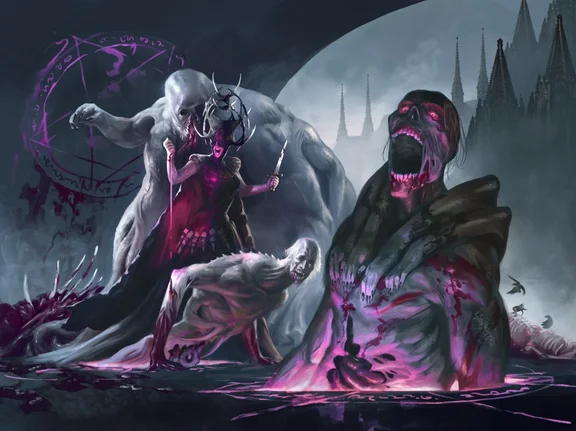
The Runeblade Triptych
Runeblade is a powerful class that is unique in its ability to consistently attack opponents across both the arcane and physical damage axis. This split-damage approach makes it difficult to defend against Runeblades efficiently and is part of the reason for the class’s popularity. Runeblade also has access to powerful utility and strong armor density. All up, it’s a great all-rounder class that can be tuned and highly specialized in the strategies it wants to pursue.
Unsurprisingly, all three Runeblade heroes have their merits right now with the introduction of Revel in Runeblood and Swarming Gloomveil. The power and utility of these cards are seemingly too good to be ignored. Many top-performing Runeblade decks over the first weekend of ProQuest leveraged three copies of each—showing the world the power behind these cards.
Viserai is proving to be a strong midrange-style hero who can also be configured for a ‘One-Turn-Kill’ shell centered around amassing a hoard of Runechant tokens and leveraging Bloodsheath Skeleta and Sonata Arcanix. Meanwhile, Briar and Chane offer different variations of more proactive and aggressive strategies.
Strengths
Runeblade heroes have a very high ceiling for what a ‘good’ turn looks like. With the right mix of go again and non-attack/attack action cards, they can present some truly staggering turns. As I mentioned above, Runeblades are the only class that can consistently attack with both arcane and physical damage. This inherently makes them more difficult to defend against by most Flesh and Blood classes.
There’s also strong versatility in the class. With the choice of Briar, Chane, and Viserai, it’s possible to build the Runeblade class in many different ways and tune it to a specific meta.
It can be more difficult to calculate out different lines for Runeblades, and it’s a class that rewards careful sequencing of play more so than others. Players who are meticulous in crafting their turns and are willing to work toward helping the stars align with their power turns will enjoy Runeblade. It’s a complex class, but it can be extremely powerful and rewarding to pilot for players who are willing to put in the work to understand all the different lines of play and interesting ways to sequence interactions.
Weaknesses
Briar and Chane fall on the more aggressive scale for Runeblade. Both decks will have a harder time going against very defensive decks that tend to emerge in metas dominated by highly-aggressive heroes and strategies like the ones we tend to see Briar and Chane promote.
In the Tales of Aria Classic Constructed meta, we saw Bravo and Oldhim emerge to combat the staggering rise of Briar’s place in the meta. When aggressive Briar and Chane decks rise up and prey on Prism (who naturally has a great Guardian matchup), with less Prism in the meta, defensive Bravo and Oldhim builds could surface to soundly counter Briar’s strategy.
Viserai can be a hero who appears well-rounded and without apparent weakness, but that’s not always true. Viserai tends to reward amassing large counts of Runechant tokens rather than detonating them on a turn-to-turn basis. This type of setup can take a lot of time and allows you, as the opponent, to try to hit Viserai before he can set up his engine and get to a board state that benefits him.
Midrange Viserai strategies may try to attack frequently and often. However, they will still have some ‘off turns’ where they do not have the ability to generate a lot of Runechant tokens or attack more than once, enabling Rosetta Thorn to round off a strong turn. Use these moments as an opportunity to hit Viserai hard and try to swing the tempo in your favor while you still can.
All Runeblade heroes have a very high ceiling for what an incredible turn looks like, but also a very low floor where they may simply not have the right mix of non-attack action and attack action cards needed to fuel their power.
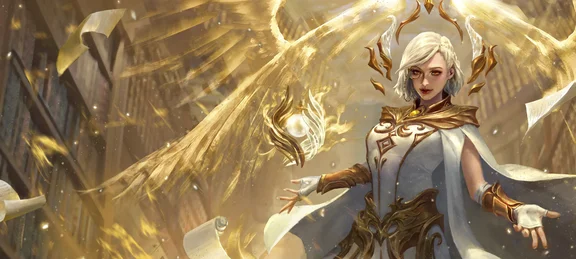
Prism, Sculptor of Arc Light
Prism appears stronger than ever with the introduction of many new cards in Everfest. For an Aura build, Prism has gained access to new (blue) auras like Haze Bending, Passing Mirage, and Pierce Reality. Each can help enable different strategies in different matchups and lend to the difficulty of destroying auras faster than Prism can put them into play. Fractal Replication, Miraging Metamorph, and Coalescence Mirage can help support and enable the aura strategy and keep your opponent from being able to destroy too many of your auras.
Even more than Runeblade, Illusionist is a class that rewards creating and scaling the power of an engine. Prism can be built in many different ways: specializing in sticky auras that compound and snowball out of control or focusing on attacking multiple times with powerful Phantasm attacks. Many Prism builds for Classic Constructed fall somewhere in the middle, with sideboard options to adapt and lean one way more than the other.
Strengths
Prism has the capability to snowball advantages and build an engine that can feel unstoppable once it gets going. If Prism is able to go first, she will almost always be able to get an aura into play before the opponent can do anything about it. In general, Prism can be tuned to have a reasonable matchup against almost every class in the game. Illusionist can be difficult to pilot in that it cares about the order of sequencing and how you prioritize putting your auras into play in different matchups, but strongly rewards practice and expertise.
Weaknesses
'Bravo, Star of the Show' has closed the disparity gap in the matchup between Illusionist and Guardian. It’s still close, but creates a more interesting matchup for both sides. In the past, Prism enjoyed a very favorable matchup against both 'Bravo, Showstopper', and 'Oldhim, Grandfather of Eternity'.
Prism lacks defensive capability from her armor set in exchange for its utility. Many of her auras are expensive to put into play. Prism isn’t designed to defend against solid sources of go again. Against more aggressive decks, she can simply fold to the pressure of being hit by a lot of go-wide sources of damage, followed by losing a valuable aura on the tail end of the attacks.
If the opponent can continually pressure Prism and keep her from snowballing an advantage in one way or another, she can stall out and have a difficult time recovering.
Conclusion
These are some of the top heroes in the early Everfest meta, but don’t let it dissuade you from playing and exploring other classes! In the next article, I’ll be taking a look at what it takes to build and pilot a top-performing deck (regardless of class!). Next week, we’ll examine how to make each card count, evaluating the decision to include particular cards in their respective slots, how to beat opponents, and much more! Until then, you can connect with me on Twitter.
Drew Cordell is a competitive Flesh and Blood player and author of content relating to gameplay and strategy. The opinions expressed in the above article are his own and do not necessarily reflect the views of Legend Story Studios.



